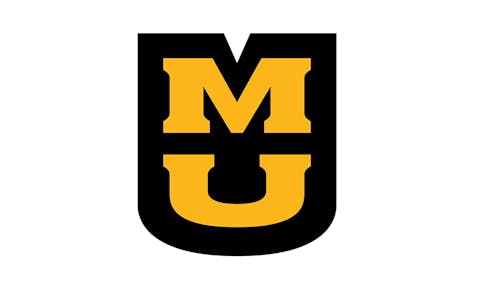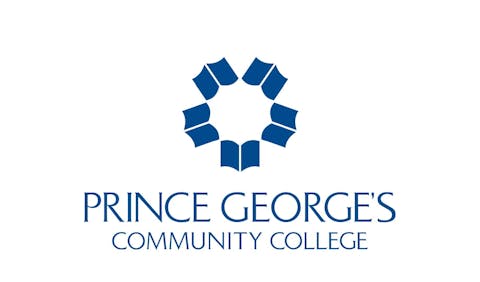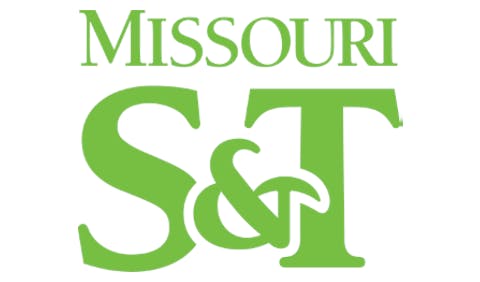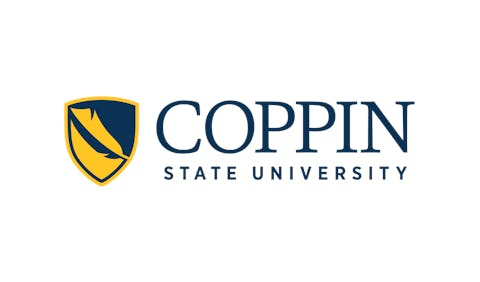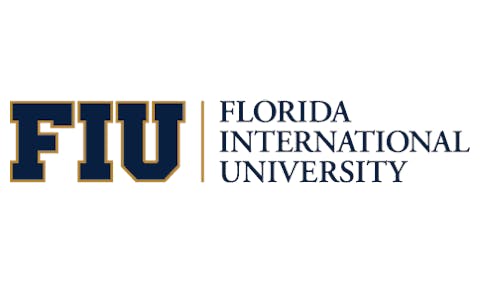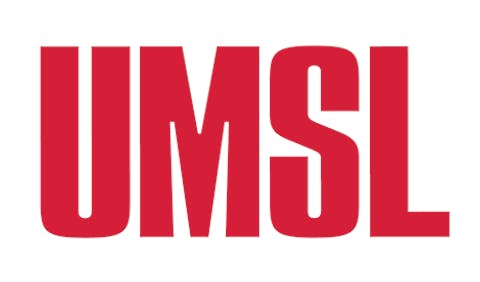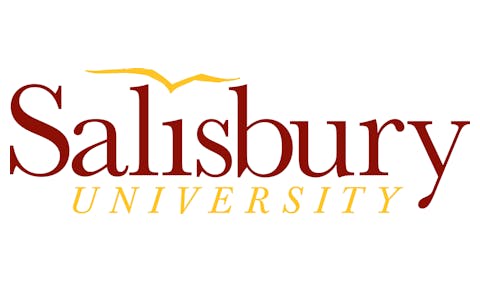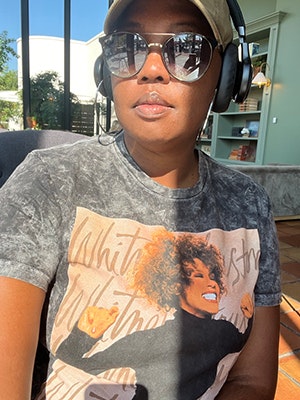WASHINGTON — As a junior at Howard University, Savannah Bowen left Washington, D.C., to study at the Sorbonne in Paris for the spring semester. Her experiences in France have since become an invaluable reference point when mapping out her career.
“I’ve learned a lot about myself, what I want to do in life and the kind of impact I want to have on the world,” Bowen told Diverse at the Institute of International Education (IIE) Generation Study Abroad Summit on Monday. After graduating from Howard in 2016, Bowen returned to France as a teaching assistant, and now works at a school in southern Haiti.
For Bowen, studying abroad was always going to be natural fit. Her parents immigrated to the United States, where she grew up traveling, and they encouraged her to take advantage of study abroad opportunities in high school and college.
“They were always supportive of me traveling,” Bowen said. “So when I got to college it was something that was already on my mind as something that I wanted to do. I just had to define the right way to do it.”
Not all students have the same level of support and resources to be able to take advantage of study abroad opportunities, however. “[Socioeconomic standing] is very significant in what a student will be thinking about when it comes to study abroad,” Bowen commented.
As a junior, she noticed that there were the beginnings of what she called a study abroad “revival” at Howard. That makes the Washington-based historically Black university one of the exceptions among its peer institutions. A 2016 study, “Increasing Diversity Abroad: Expanding Opportunities for Students at Minority Serving Institutions,” from the Penn Center for Minority Serving Institutions (MSIs) and CIEE found that MSIs educate 20 percent of all undergraduates, but only 3.6 percent of all study abroad students attend an MSI.
The problem of underrepresentation in study abroad is not limited to students attending MSIs. According to the Association of International Educators (NAFSA), students of color made up only 27 percent of study abroad students in 2015.









